Tax professionals may notice a surprising new form pop up this tax season when preparing S corporation shareholder returns. The IRS officially released Form 7203, S Corporation Shareholder Stock and Debt Basis Limitations, just before the beginning of the 2022 tax season, leaving little time for preparers to familiarize themselves with the instructions and the form itself. Here’s a brief recap of some of the form’s nuances:
Part I: Shareholder Stock Basis
Part I starts with the shareholder’s stock basis at the beginning of the year, then adds in all the things that increase basis – income, interest, dividends, royalties, capital gains, passive gains, etc. Then, it subtracts a few things that decrease basis – distributions is usually the big one here; also nondeductible expenses, depletion for oil and gas, and business credits. Then you will reach a stopping point. Line 11 states “Enter the amount from Line 47, Column C”. However, Line 47 is on Part III, which is completed later.
There are two different kinds of basis for shareholders: stock basis and debt basis. Pretty much every shareholder has stock basis, but debt basis only comes into play if the shareholder loaned money to the corporation. If that never happened, then skip Part II entirely.
Part II: Shareholder Debt Basis
If there are loans, the shareholder has debt basis. At the bottom of Page 1 is Part II, Section A. Section A tracks the different loans the shareholder made to the S corporation. It also tracks repayments of principal made during the year and tells the IRS if this is a formal note or an open account debt.
Going to the top of the second page, Section B of Part II tracks the shareholder’s debt basis. Section B handles a few issues. It tracks any debt basis restoration that’s been made. Additionally, Section B figures out if any loan repayments made to the shareholder are return of principal, which is non-taxable, and how much is restoration of debt basis, which is taxable.
We’re stopped again on Line 30 because Line 47 hasn’t been filled out, which again, is in Part III.
Part III: Allowable Losses and Deductions
Part III is where the shareholder’s allowable loss and deduction items are calculated. Here’s where the rubber meets the road in terms of taking a loss from the S corporation, either from this year or from a past year that was carried forward. If there isn’t enough stock or debt basis to cover the loss, the loss gets carried forward to a future year to be used when there is enough basis.
Returning to Parts I & II
Part II lists all kinds of losses and deductions – business losses, real estate losses, capital losses, Section 1231 losses, Section 179 deductions, charitable contributions, etc. Add them up and the sum will be Line 47 that Parts I and II have been waiting on.
Next, you’ll go back to finish Parts I and II, then – at long last – you’ll have the ending stock basis, which will be the beginning stock basis for next year and ending debt basis, that will be the beginning debt basis for the near year and the amounts of any carryforwards.
If you just got the feeling that this is a complicated form, then you’d be right.
Looking for more details?
NATP is hosting a free webinar on Feb. 17, 2022, (also available on demand) open to all tax professionals and worth 1 CPE, explaining in detail how to prepare Form 7203 and other information tax pros need to know
The webinar’s instructor Amy Wall, EA, also joined NATP via Facebook Live on Feb. 8, 2022, to discuss this topic further. You can watch the video below.
Information included in this article is accurate as of the publish date. This post is not reflective of tax law changes or IRS guidance that may have occurred after the date of publishing.
